Today Rioja remains one of the most popular styles of wine in the UK, and I cannot remember, anecdotally, a wine where I encounter so few people who say they don’t like it. This is probably reflected in the fact that Vino Gusto list no fewer than 14 examples. So, what makes a good Rioja and why might it be so popular as a style?
The Rioja region can make red (Tinto), white (Blanco), and rosé (Rosado) styles but red clearly remains the largest and most important, although the top white Riojas are also highly sort after and revered. The Rosé, or Rosado wines can be some of the most attractive and fruity drinking styles. Technically, Rioja can also make sparkling wine - Cava - although production is tiny.
History
Rioja is arguably the most famous name and wine region in Spain. Along with Priorat in Cataluña it is one of only two regions to be awarded the highest delimited, formal status of Denominación de Origen Calificada. Lying in the Basque Province of Álava there is evidence of grape growing going back to the 9th Century. Wines were certainly being produced in the 12th Century and by 1650 a document had been drawn up to protect the quality of Rioja wines. A royal decree in 1902 created the formal origin and boundaries of the region and in the 1926 the regulatory body Consejo Regulador Rioja was formed.
In the 19th Century there was also established a not insignificant link to Bordeaux – via both early winemakers working in France and “expat” Bordeaux-philes emigrating to Rioja to escape the ravages of phylloxera disease blighting the French vineyards at the time. Not unsurprisingly they brought Bordeaux varieties with them (along with the disease unfortunately) and in the early days Cabernet Sauvignon played a major role in the blend of red Rioja. In fact, I well remember tasting (some 25 years ago now) an amazing Marqués de Cáceres 1898 “Gran Reserva” red Rioja which was nearly 100% Cabernet Sauvignon!
Grapes
Today – all change – the main and clearly most important black variety is Tempranillo, which dominates all the top red Rioja. This is not to say that the use of other varieties in the blend are not unimportant. These are namely Graciano, Mazuelo, and Garnacha (Grenache in France). Tempranillo delivers a punchy wild strawberry, fruit laden style which compliments oak perfectly. With medium body and tannins this creates, overall, a supple and more-ish quality which is universally pleasing to many red wine drinkers. Many top producers swear by the judicious addition of the other grapes which add another dimension; equally some produce a single varietal Tempranillo style – both are good!

Climate and Districts
The region lies south of the Cantabrian Mountains along the River Ebro (in fact this river semi-splits Rioja from its near neighbour Navarra). Located here is also the river Oja – or Rio Oja, which is believed to be the origin of its name. The mountains protect the area from the fierce winds in the region, and act as a rain shadow, which helps promote ideal growing conditions. Most of the (better) northern section of the region lies on a plateau at around 1,500 feet - soils are a mix but (again) the top sites have higher levels of chalk (versus the heavier clay led soils to the southeast). Rioja is split into 3 main sub districts – Alta, Alavesa and the relatively newly named Oriental (formerly called Baja) – to the south – which is the hottest and driest as the name implies. The soils here are heavier, with much more clay and less chalk and limestone. This district and wines tend to have much more Garnacha in the blend.
The two top districts Alta and Alavesa benefit from more moderating cooling winds and have a much higher chalk soil content, which Tempranillo loves. These regions are the most prized and produce the finest Riojas. Overall, the highest proportion of vineyards are found along the Ebro Valley between the towns of Haro and Alfaro. Around 60,000 hectares are under vine and production is 25-30 million cases on average each year – of which 85% is red (tinto) – along with Rosé (rosado) and white (blanco).

Role of Oak & Categories
The other important aspect of Rioja has been the role oak plays in the final style and quality of the wine. This is a hangover from the Bordeaux influence in the region from the 19th century and today is so fundamental to the style of Rioja – and loved by many of its drinkers - that the authorities have enshrined its use formally and precisely in the aging process and application. Nowhere else (outside of Spain) is this attention to detail applied so rigorously. This is partly down to the history and culture of winemaking here, where the producer wanted to release a wine onto the market when they deemed it to be ready to drink.

The chart shows the minimum times required (many do longer such as ultra traditionalists López de Heredia for example) for (red) Rioja to spend in both cask and bottle prior to release in the market. Clearly as you move from Crianza, to Reserva, to Gran Reserva the wines become increasingly more oaky, but in theory should also become finer in quality as quite often top vineyard sites are pre-selected to become Reserva and Gran Reserva. Similar regimes apply to white Rioja (but with less minimum time spent in cask). Historically, the favoured oak used was American, which has an intense vanilla flavour and became, over time, an integral part of the style of, even a hallmark, of Rioja. Today much more French oak is used, and it is not unusual for a complementary blend of the two types to be combined. Such is the importance of oak to the Rioja recipe that, in larger producers, it is not unusual to see over 30,000 barrels in a cellar!

“I spy with my little eye something beginning with “B”? – a classical shot of a cask aged Rioja cellar in a larger producer
In more recent times the authorities have also allowed producers to make an early release (ie within a year of production) should they wish. This is classified as Joven – or young – Rioja, which does not need to be oaked and presents a fascinating style which is, for want of an expression, “unplugged”. This also provides an important financial cash flow boost for the producer whilst other oak aged blends are lying in the cellar.
In addition, several producers have reduced their extended cask ageing programmes (as the emphasis moves subtly towards fresher (less oxidative) fruit over oak), whilst other remain steadfastly loyal to the traditional style. Either way this provides the drinker with plenty of stylistic options under the Rioja banner.


Other Styles
As mentioned earlier Rioja also makes some intriguing rosé and white styles. The clear majority of rosé are made in an unoaked style and here Garnacha comes much more into play in the making and styling of these wines. These days many rosado Riojas are much paler in colour with lifted, bright red soft and berry and fruit flavours and aromas.
The whites have increasingly split between traditionally oaked aged style and unoaked, which are crisper and fruity. But you can still source plenty of the lovely, fuller bodied, vanilla, and nutty whites which make splendid partners to food. The main grape behind these whites is Viura, (recently seen spectacularly misspelt on a wine list (no doubt due to “predictive text”) as Viagra!). in addition, the Malvasia grape variety is seen as important in the white blend by some producers.
I think one of the many reasons Rioja has remained so enduring and popular in the UK is that it has managed to adapt to modern styles and tastes without forfeiting any of its heritage or reputation. The wines are also very food friendly. And bluntly I think winemaking has improved too - whilst pricing, not unimportantly, has also remained fair. Today there is a fine mix of modern and traditional styles – with options for all pockets and tastes.
Rioja and Food
Local dishes paired with Rioja include red peppers stuffed with salt cod, or minced lamb, which are then covered in batter and fried. Another favourite is a bean and chorizo stew. Lamb and pork feature regularly – I think lamb and Rioja seem to be made for each other – also roasted and char-grilled vegetables, along with tomato. White Rioja – especially if oaked – goes well with white fish and a lemon butter sauce – also chicken in almost any form. Unoaked white and rosé Rioja are good with a plate of “charcuterie” or mixed vegetable crudités as a starter.
Vino Gusto Rioja Selection
Let’s finish with a nice mix of styles.
Vino Gusto carry two white Riojas which showcase the different ends of the spectrum. Fresh crispness and fruitiness of an unoaked version – the Gran Cerdo – then the fuller, richer, oakier and food friendly version – Bodegas Perica Olagosa.
Then a classical vibrantly fruity rosado from Ripa - this is a very food friendly, serious style of Rosé, gaining quite a following amongst lovers of the style. Highly sought after...
There are a number options when it comes to red Rioja. Try the “unplugged” unoaked, juicy red fruit Joven style from Senorio de Librares el Marujo; and a classical oak aged and savoury Gran Reserva from Bodegas Ondarre. But if you're in the market to try Rioja in the most classical sense, you simply must taste the wines of R. López de Heredia. Viña Cubillo is the younger sibling of the iconic Vina Tondonia and Vina Bosconia wines. Aged for 3 years in old American Oak, this is a deep and darker style of Rioja, which is now nicely mature.
Viña Bosconia 2011 is as classic as Rioja gets. Think plumb, cherry, macerated strawberries, of old cedar wood, dried porcini mushrooms, tan leather and dried orange with a little clove, and bags of acidity. Plenty of oak here too giving the wine a nice lifted sweet scented feel. Very luxurious - very delicious and a real treat for special occasions.
--

Nick says, “I am looking forward to working even more closely with Jake and the team at Vino Gusto. I hope to bring my broad trade experience into play to keep you informed and entertained via these monthly blog releases. Please do though let us know of any subject matters which might be of special interest to you, and we will see if can get these included over the coming months”.


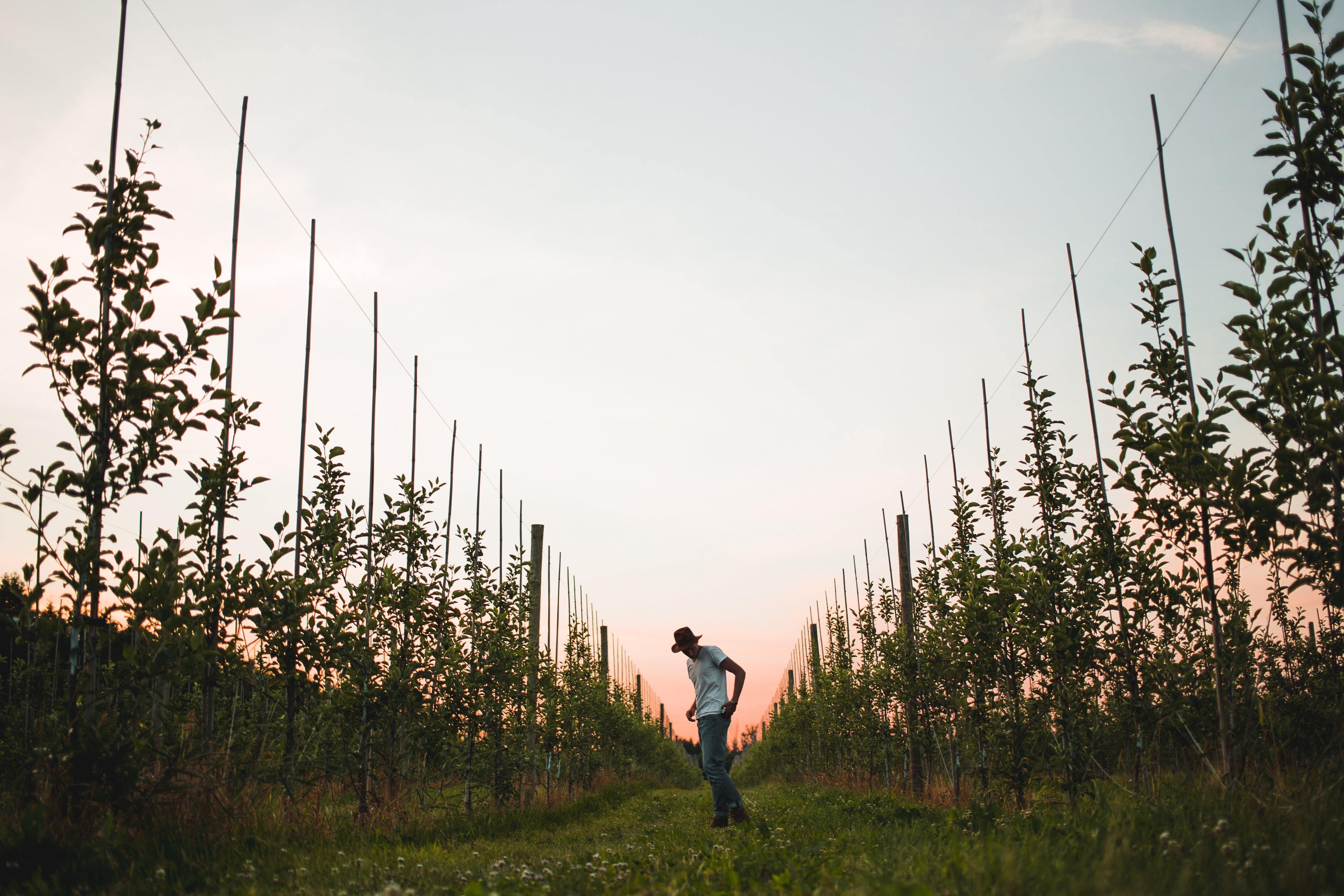
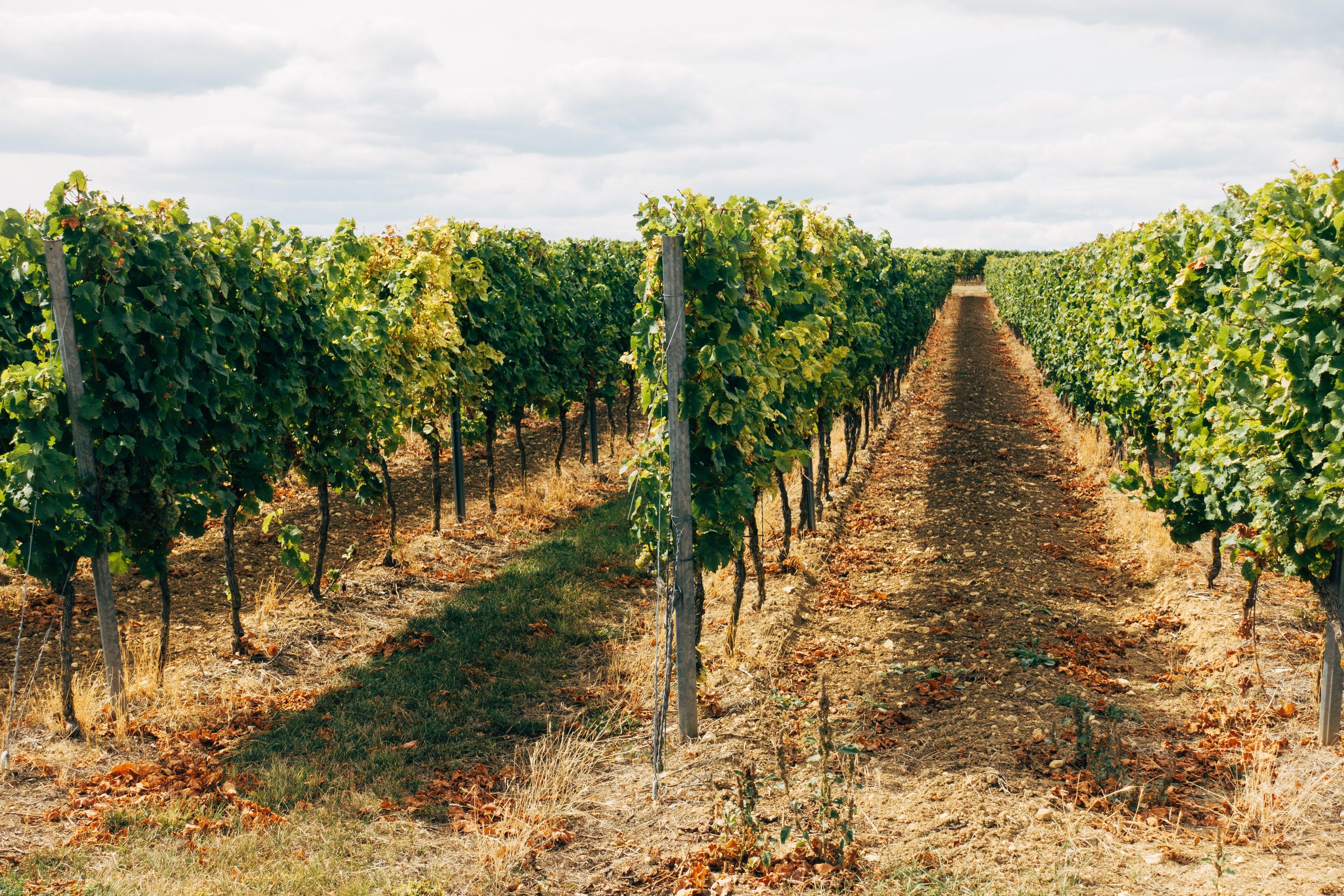
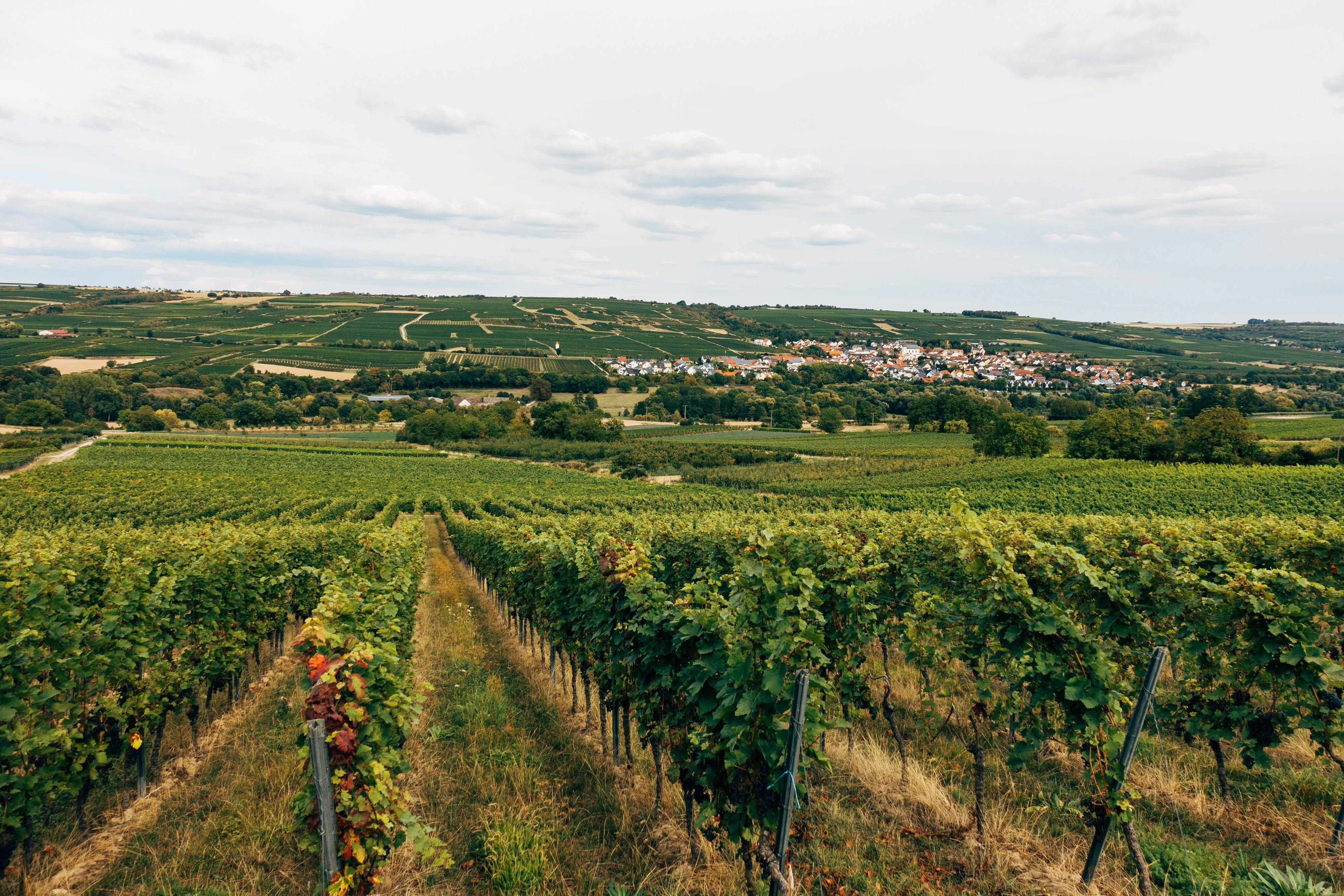
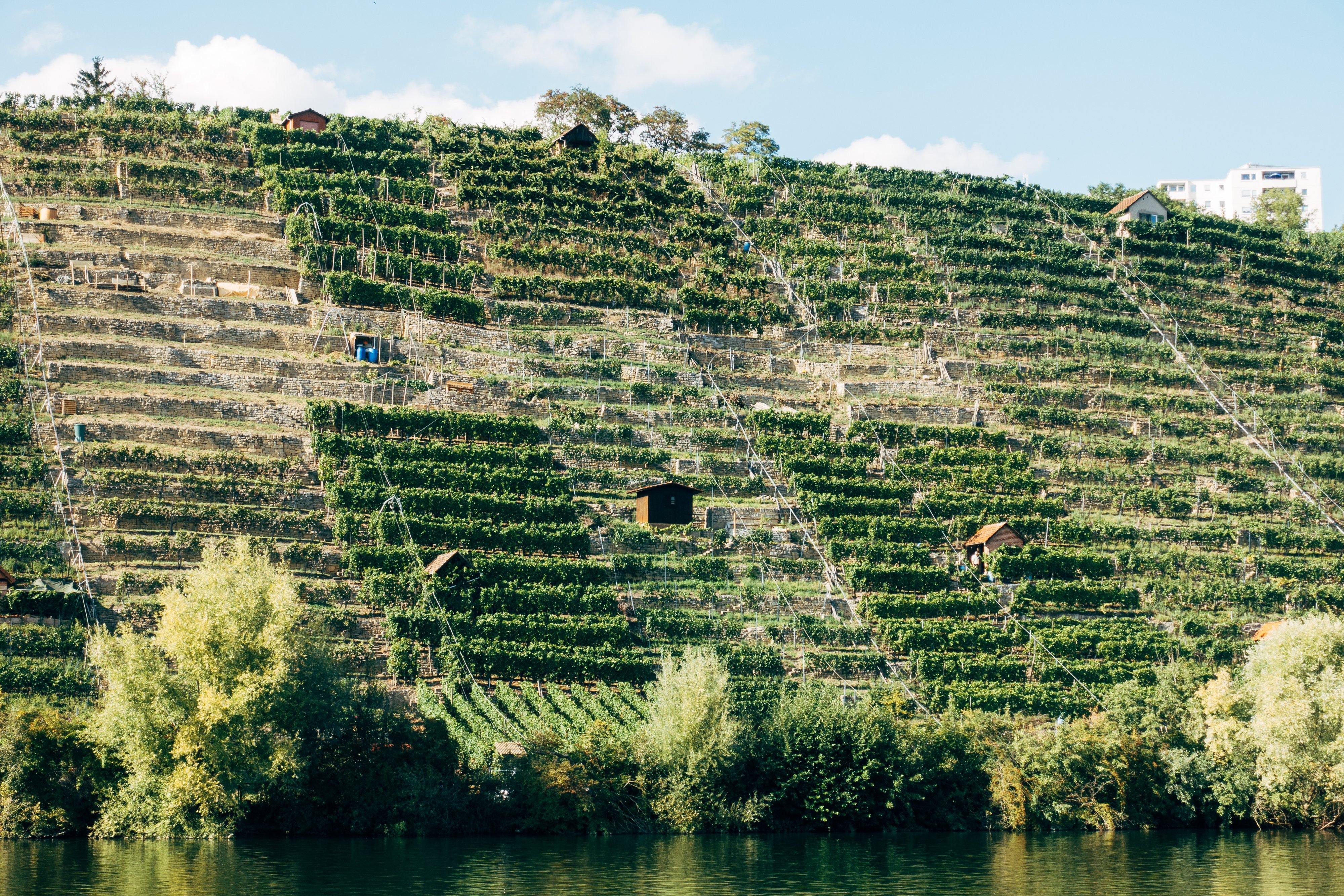
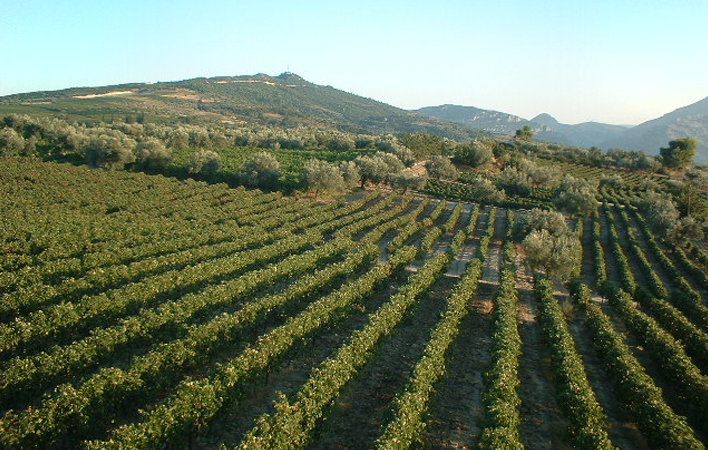
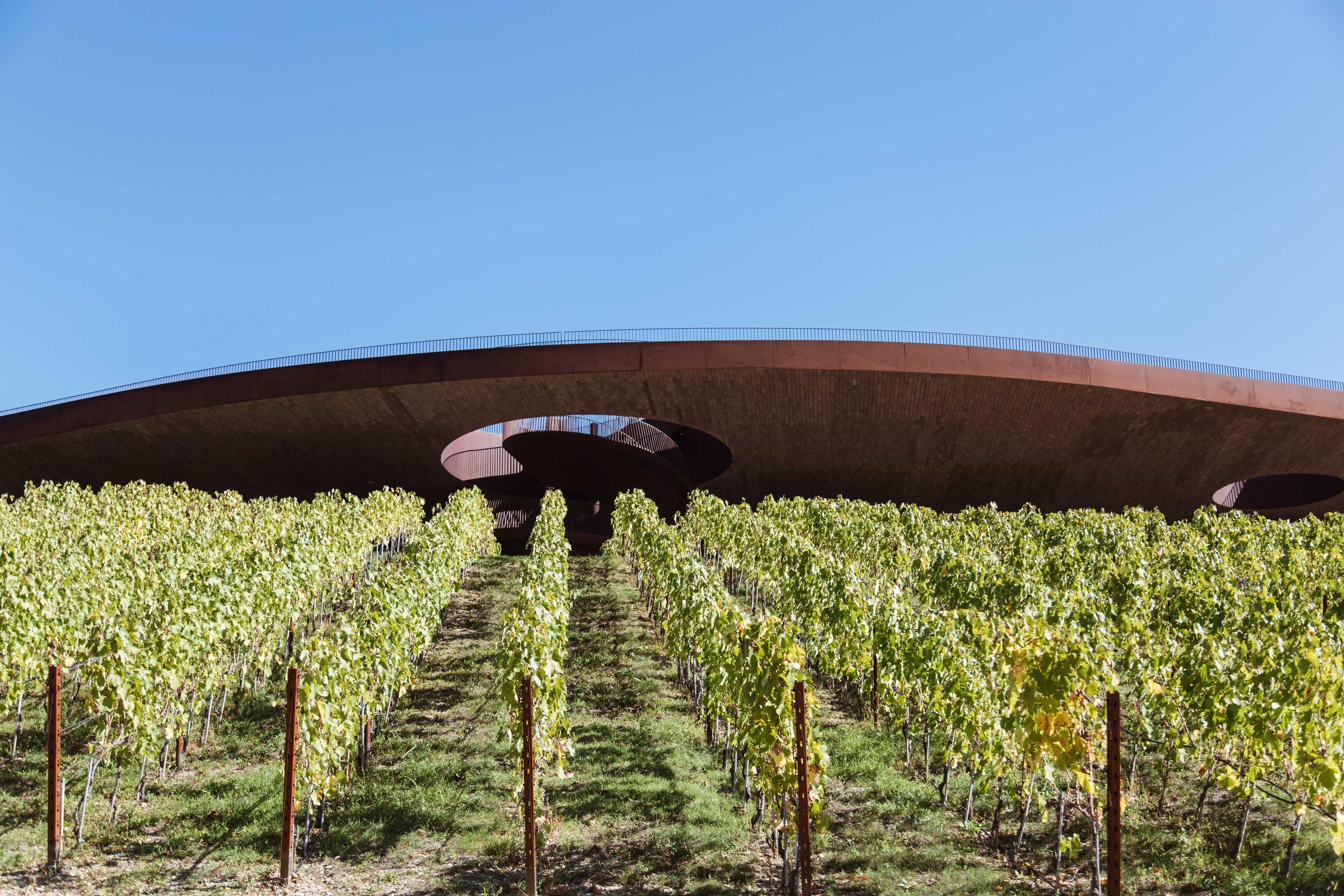
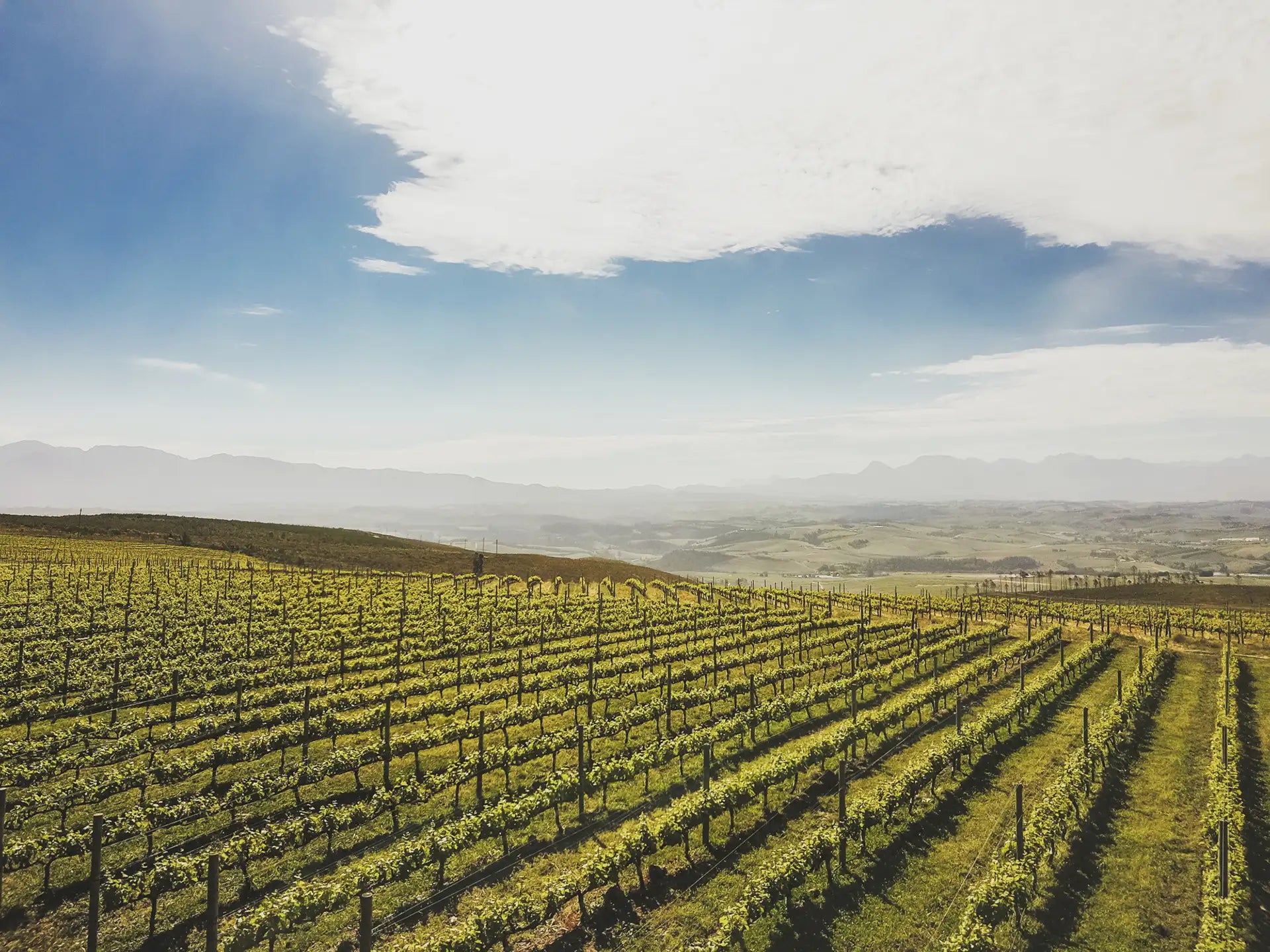
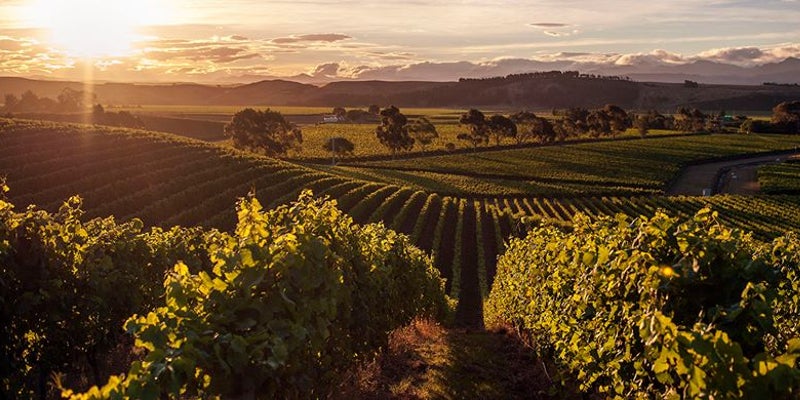
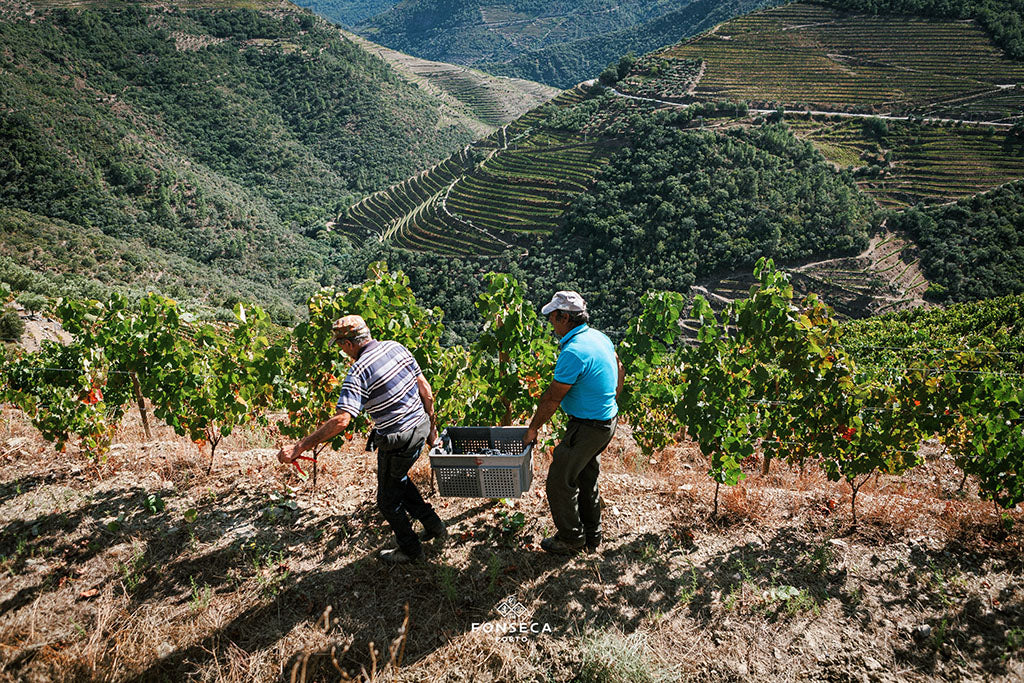
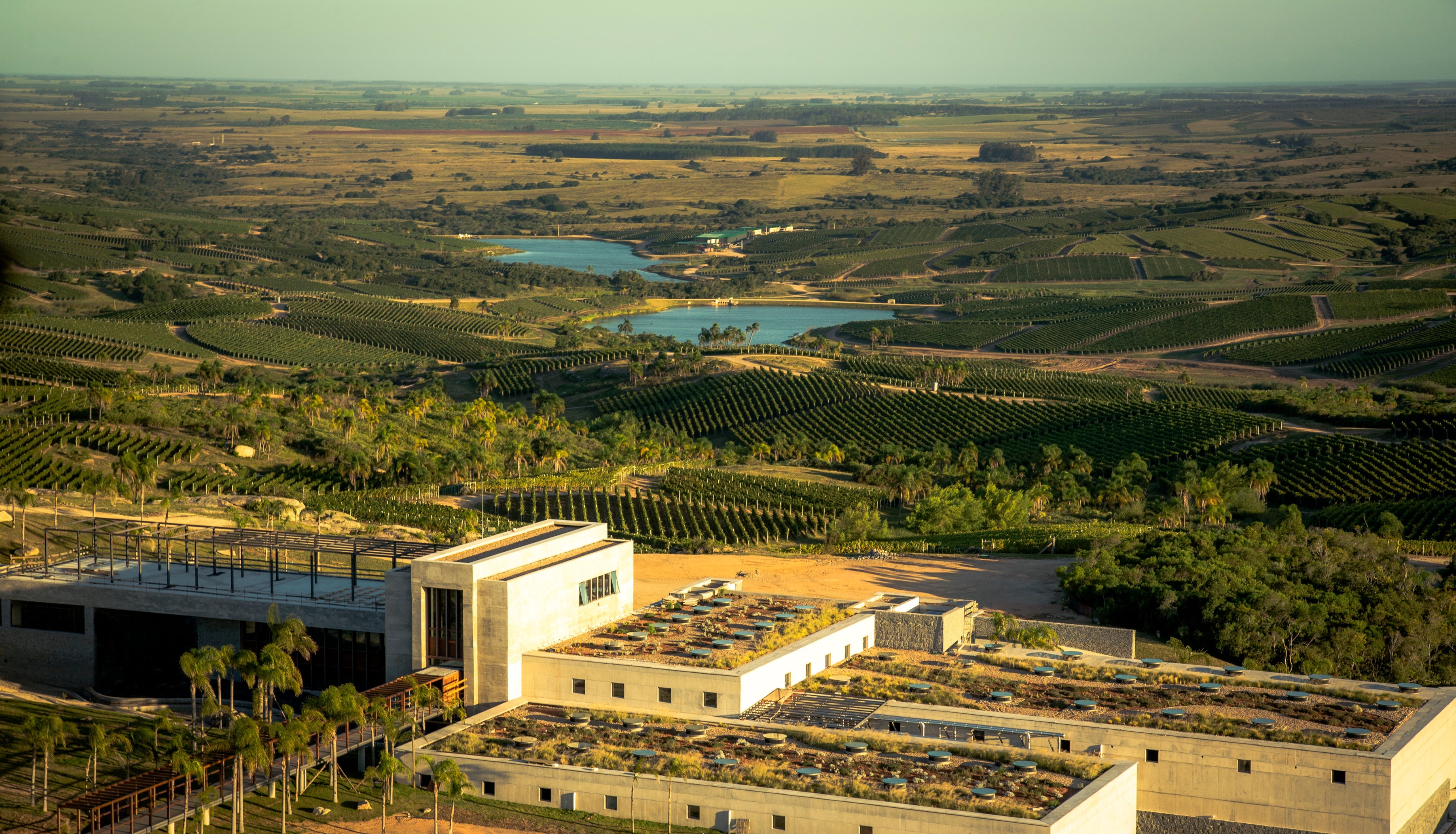
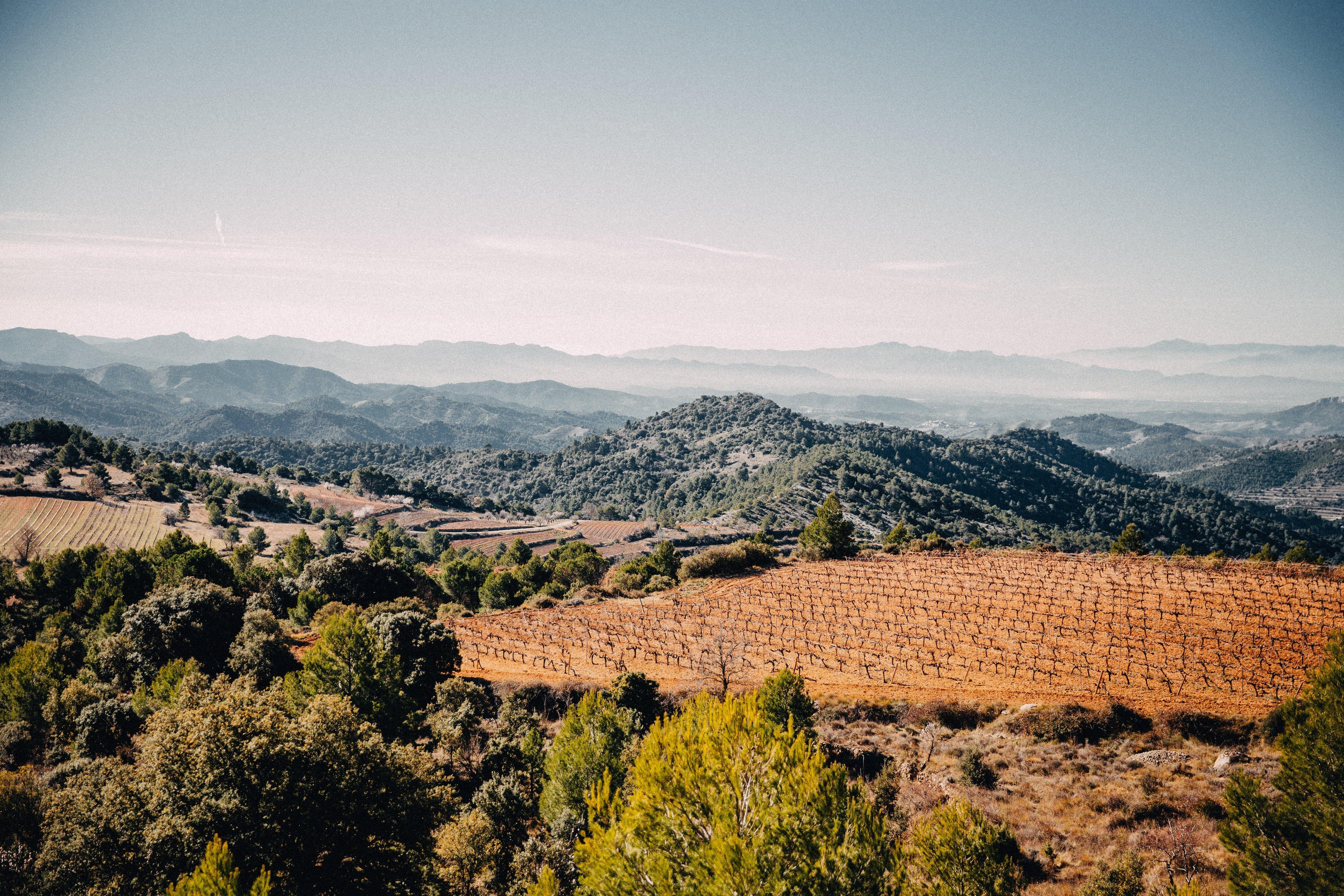
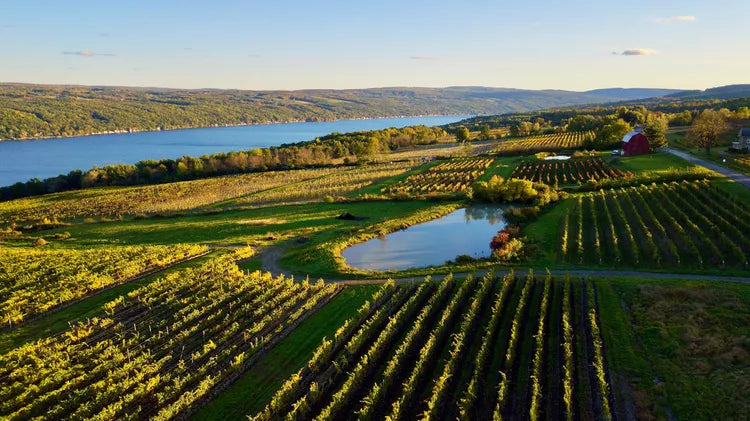

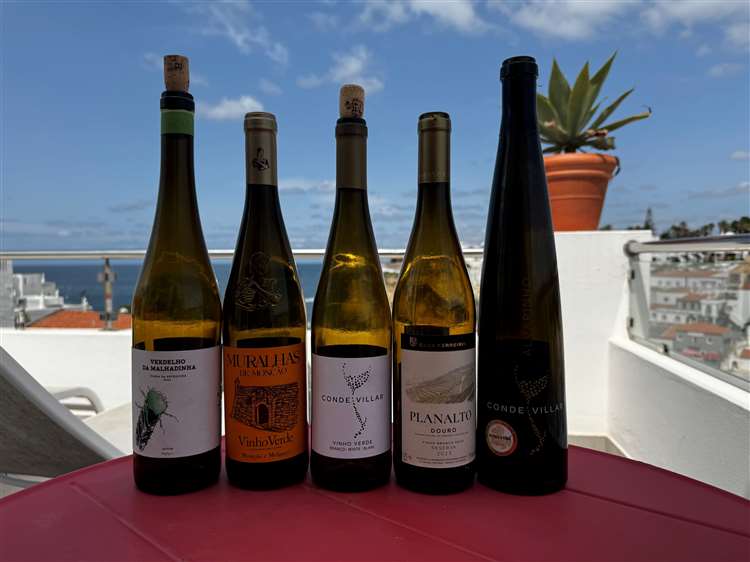
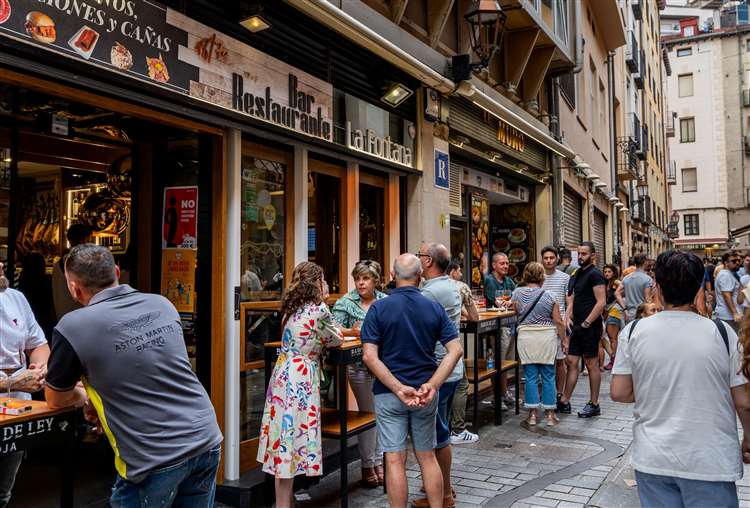

Leave a comment